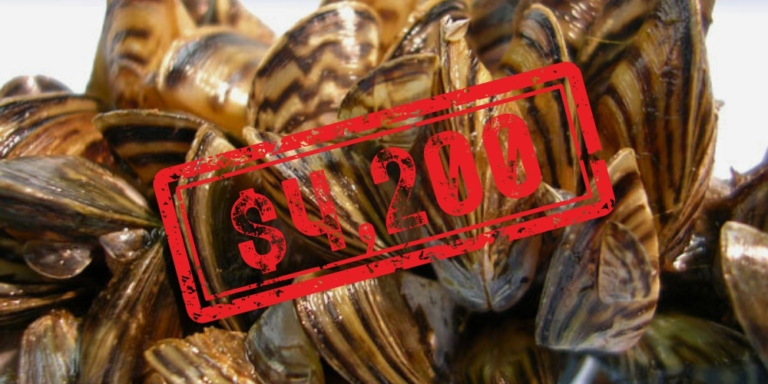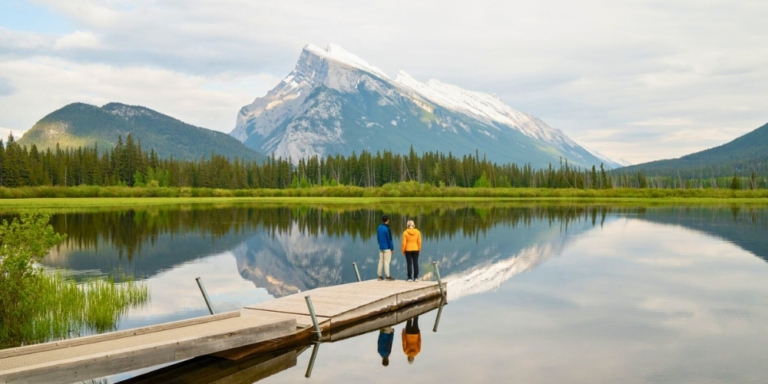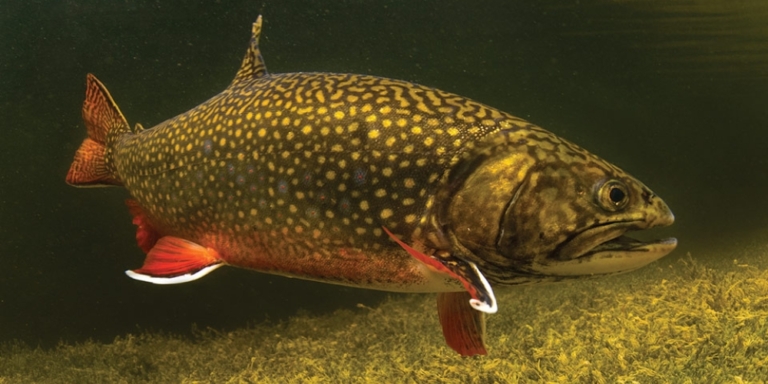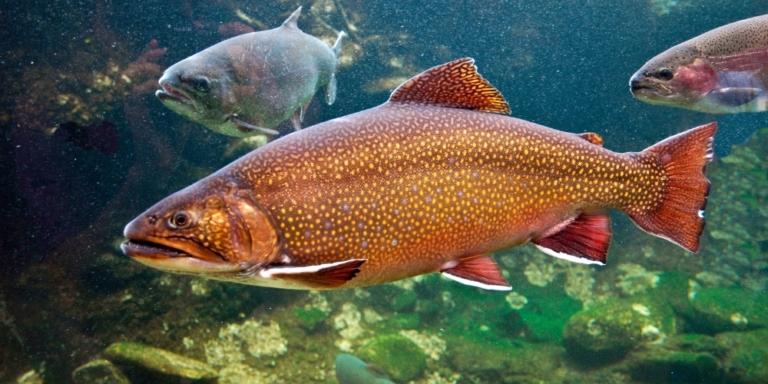“In our careers, we have never known trout to be anything but imperilled.”
Jessica Reilly and Laura MacPherson’s wistful, sorrowful statement gave me pause. Over their nearly 20-year careers as provincial fisheries biologists, native trout have been “threatened” or “endangered.”
I thought back on my own experience. I remember strong trout runs, although my older colleagues might say I, too, am just recalling the dregs.
Such is the case of shifting benchmarks and our inability to detect change. In retrospect, after studying hundreds of archival photographs, I know the downward trend in trout populations during my career has leaked into the careers of those younger than me.
Jess and Laura work on recovery initiatives, but seeing only a distant horizon of possibilities and not a finish line must be disheartening. Their work – attempting to recover viable populations of native bull trout, Athabasca rainbow trout and Westslope cutthroat trout and their habitats – is the equivalent of a lunar landing, with all the uncertainty, cost and challenges.
Jess and Laura (and a small cadre of others) are up against economic imperatives to drill, log, dig, dam and otherwise convert natural resources like forests, oil, coal and water into fungible units. Industrial-scale recreation, especially off-highway vehicle use, further fragments and degrades trout habitat.
A siloed bureaucracy presides over this, too insular, internally focused and mandated to meet economic goals.
Ecologically illiterate politics and policies guide the slow-motion collapse, in part due to an indifferent, disconnected public. Potential advocates, like anglers, are split between supporters and those who cannot grasp they might be part of the problem.
If the resource development regimes of the past (and ones still used today) resulted in the dilemma we are in with species at risk, wouldn’t it be wise to use evidence-based solutions to guide future resource extraction?
Imagine if comprehensive, ecologically-based land use plans had to precede development. If the playing field was levelled out, and biologists, planners, foresters, recreationists and industry worked together, consider the benefits for landscape integrity and biodiversity.
One thing is clear: instead of a small group of biologists and conservation interests shouldering all of the load for species recovery, there needs to be a recognition that this is a mandated provincial and federal responsibility that cuts across administrative and corporate boundaries.
Many watersheds with critically imperilled trout species have been ravaged with an extensive, sometimes still growing human footprint. It is difficult to know where to start recovery.
There is uncertainty about the best, most cost-effective and most robust trout recovery actions—no surprise given the range of species, risks, threats and current watershed status.
If we want native trout to survive, there is only one way forward. We must start doing more, learning and applying that learning to new recovery tasks. We must begin now. Very little time is left to accomplish long-term recovery work before some native trout populations disappear.
It’s a big task. It makes mythical challenges seem small. The recovery actions needed might make Hercules happy he had only twelve comparatively insignificant labours, or Sisyphus glad he only had to roll a rock uphill endlessly.
As Jess and Laura (and other biologists) know in their hearts, maybe their souls, once a wild creature with a tenure thousands of years in the making winks out, there is a void that cannot be refilled. Trout streams cannot be made whole again, and future generations will have lost an essential link to the past.
Recovery of native trout populations needs support now, at all levels of government, with all hands on deck. Recovery projects need more human and financial support if this ecological loss is to be avoided.
Jess and Laura and a legion of new anglers and watershed supporters–many yet unborn–need to have the chance to experience a world that has very nearly slipped from our grasp. If we don’t act fast, it certainly will.
Lorne Fitch is a Professional Biologist, a retired provincial Fish and Wildlife Biologist and a former Adjunct professor at the University of Calgary.






